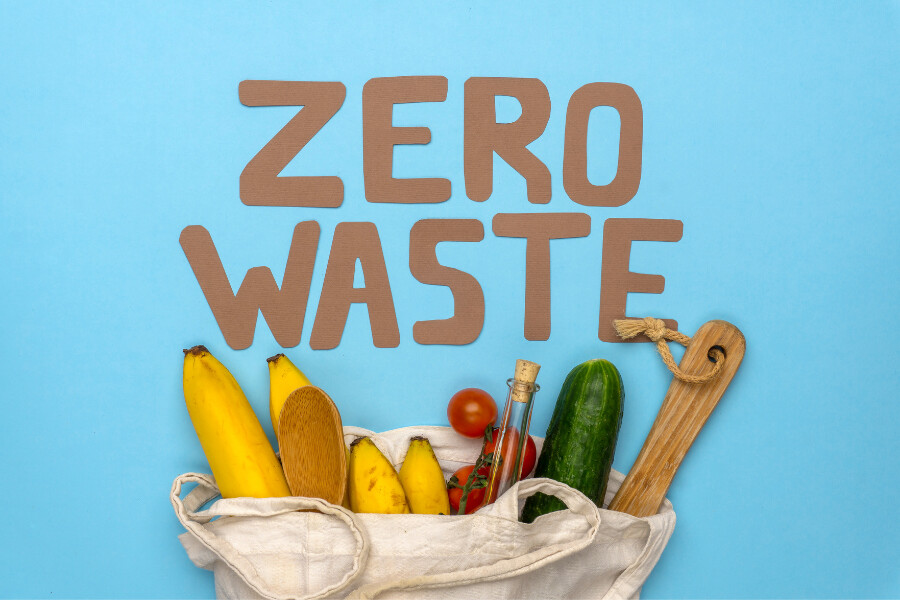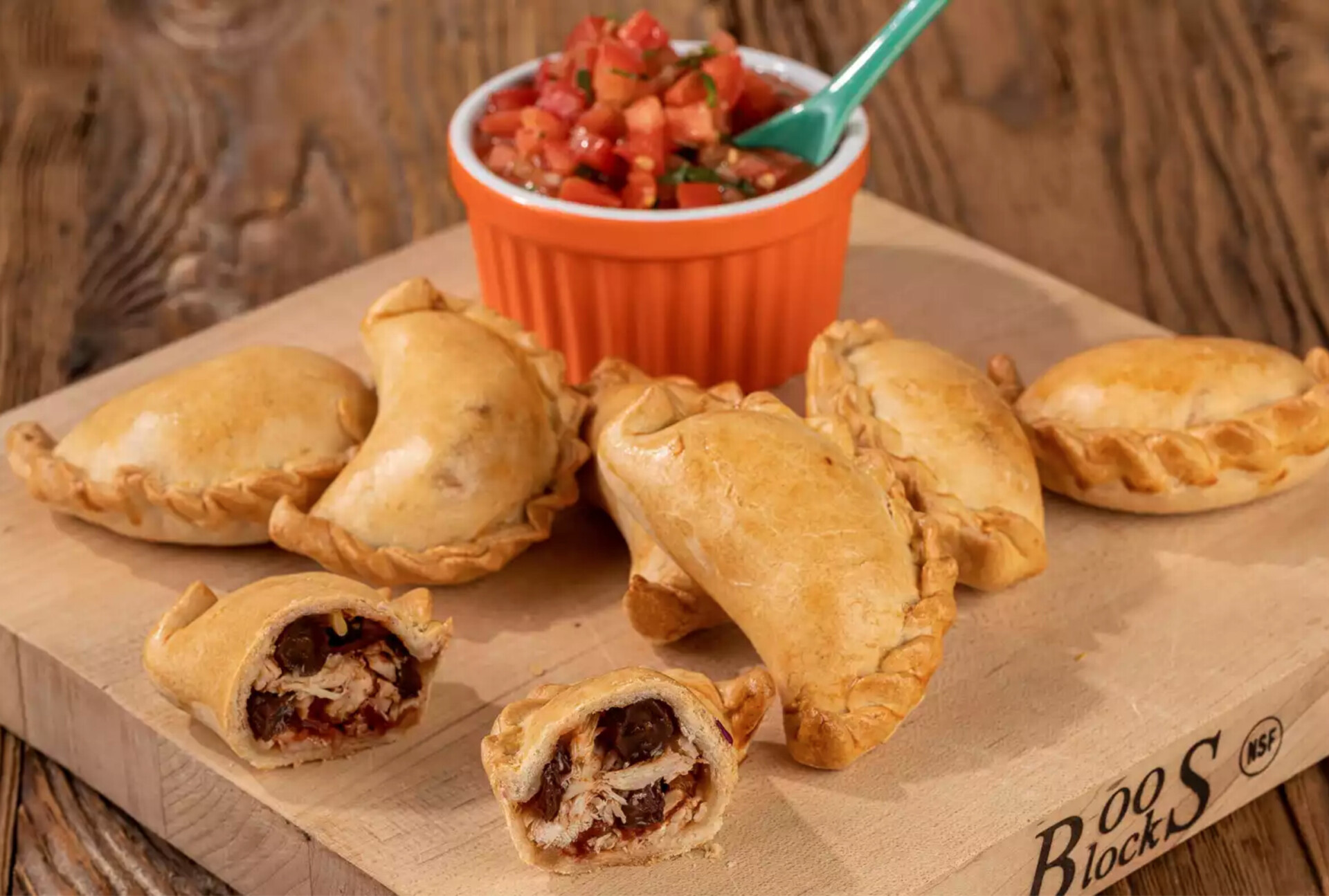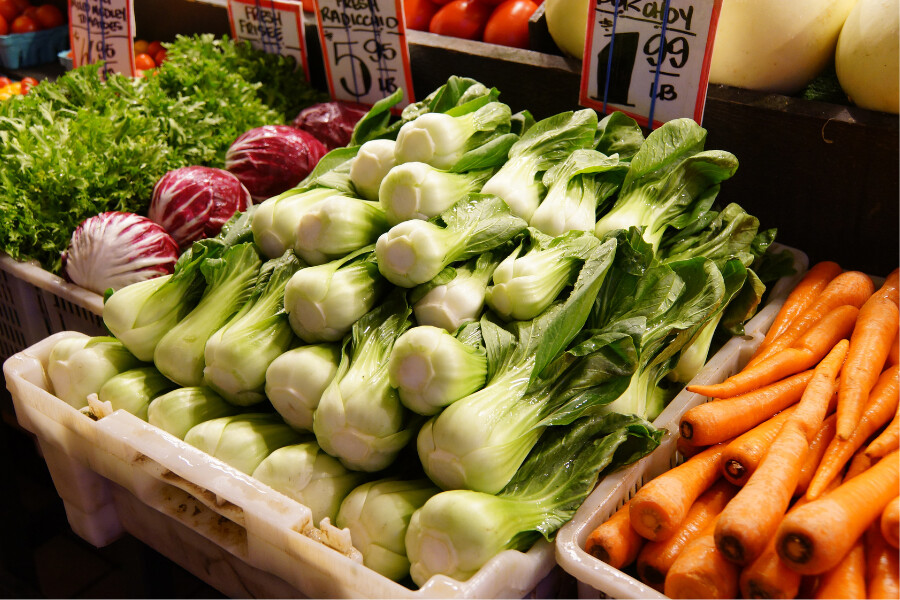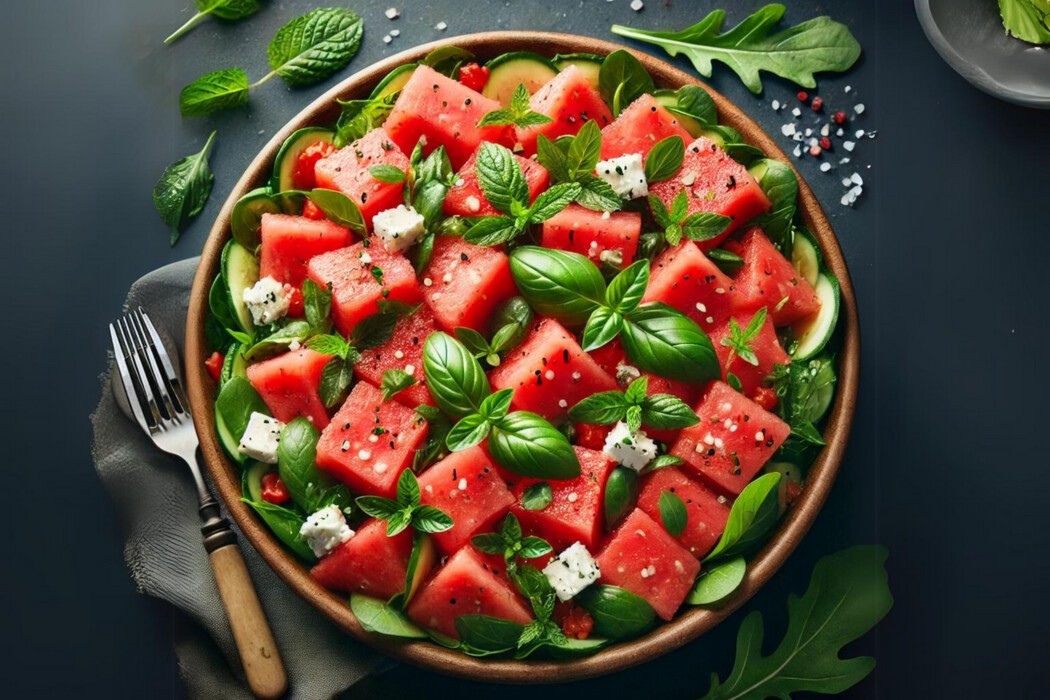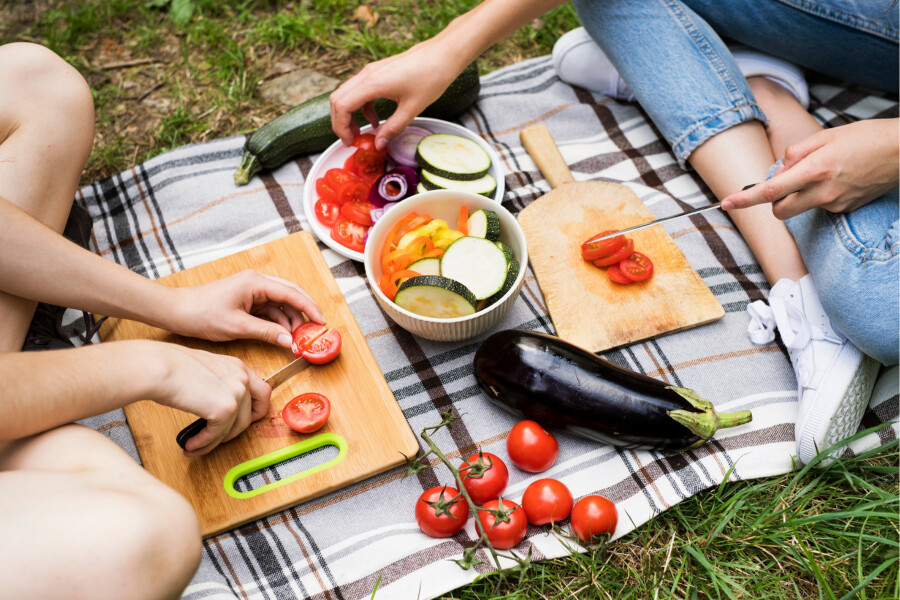According to non-profit organization ReFED, customer-facing businesses across the U.S. discarded 50 billion pounds of food in 2020. That number is staggering, and not just for ecological or humanitarian reasons. Every bit of food a business throws out represents wasted money, too.
Want to reduce food waste in your own operations? Keep reading to learn five things you can do to keep the problem in check.
1. Improve Your Inventory Management Practices
Many food service businesses struggle to accurately forecast how much food they’ll need to operate during a given period, leading to overly large wholesale foods orders that they can’t possibly use up in time. If you’re experiencing similar troubles, talk to your restaurant food distributors about it. They’ll help you analyze your sales data to determine the best order schedule for your needs.
Even if you have the right amount of food on hand, though, you’ll still need to be careful about rotating your stock. Make sure that all meats, cheeses, and other perishable foods you store in your kitchen have use-by labels on them. Label those that don’t with the date on which you received them.
Once everything has a date on it, sort your stock of each item so that the oldest stock will be used first. Keep bringing the next-oldest stock forward as you use the items in front of it. When used consistently, this method should keep ingredients cycling through your kitchen well before they spoil.
2. Use a Meat Portion Sizing Program
Meat doesn’t just spoil quickly – it’s also one of the most expensive line items in most food service restaurants’ budgets. That’s why some restaurant food distributors (us included!) offer meat portion sizing programs. These programs allow business owners to buy meat in bulk while also simplifying meal planning and inventory management. They offer many different types of meat in pre-portioned single-serve cuts, including:
- Beef and veal
- Chicken, turkey, and other poultry
- Pork chops, ribs, and tenderloin
- Specialty meats
Many quality seafood distributors also offer this service for seafood.
These programs not only make serving and prepping meat more convenient, but also allow you to order exactly as much as you’ll need to serve your expected number of customers. You won’t have to guess how much you’ll need and hope that you get it right. With accurate order forecasting to back it up, you should have no trouble dramatically reducing the amount of meat that goes wasted within your business.
3. Plan Menus with Multi-Use Ingredients
Ingredients that are used to make multiple menu items are much less likely to go bad before you can use them up. Plan your menu to include as much ingredient overlap as possible. For example, you might offer the same vegetable side dish for multiple entrees or use the same bread for all of your sandwiches.
If your menu includes more than a handful of dishes, consider simplifying it to make this easier. Customers won’t mind having fewer options if the ones you keep are high-quality and still accommodate common dietary restrictions.
4. Make Jams, Jellies, and Pickles from Surplus Produce
Jams, jellies, and pickles were all invented to help make produce last longer before refrigeration was invented.
It’s easy to make your own jams and jellies with fresh fruit, sugar, and pectin. Pickles take a little longer but require nothing more than some vinegar, sugar, and water. You can use these simple recipes to use up any of the following produce:
- Fruits like apples, peaches, apricots, plums, and pears
- Fresh berries, including strawberries, raspberries, blueberries, and blackberries
- Peppers, including bell and chili peppers
- Crunchy vegetables like cucumbers, onions, beets, and radishes
Add the finished products to your menu, making sure to emphasize that they’re made from scratch. Customers will love the novelty and freshness of these new items and will never guess that they were made from scraps.
5. Use Third-Party Apps
If you’ve implemented all of these tactics and still find yourself with some leftover food at the end of each day, you don’t have to throw it out. Apps like Too Good to Go and Food Rescue US allow you to make sure that food makes it to someone who will eat it. Some of these apps will net you some money in exchange for the food while others simply connect you to organizations that will accept it as a donation to feed hungry folks in your community. Either way, it stays out of the trash!
Make the Most of Every Dollar with Foods Galore
Cutting down on food waste is one of the most effective things you can do to safeguard your food business’ bottom line. That’s why Foods Galore offers helpful services like our menu planning and portion sizing programs to interested customers. Contact us today to learn more about how we can help you use more of the food you buy and keep your business in the black.

